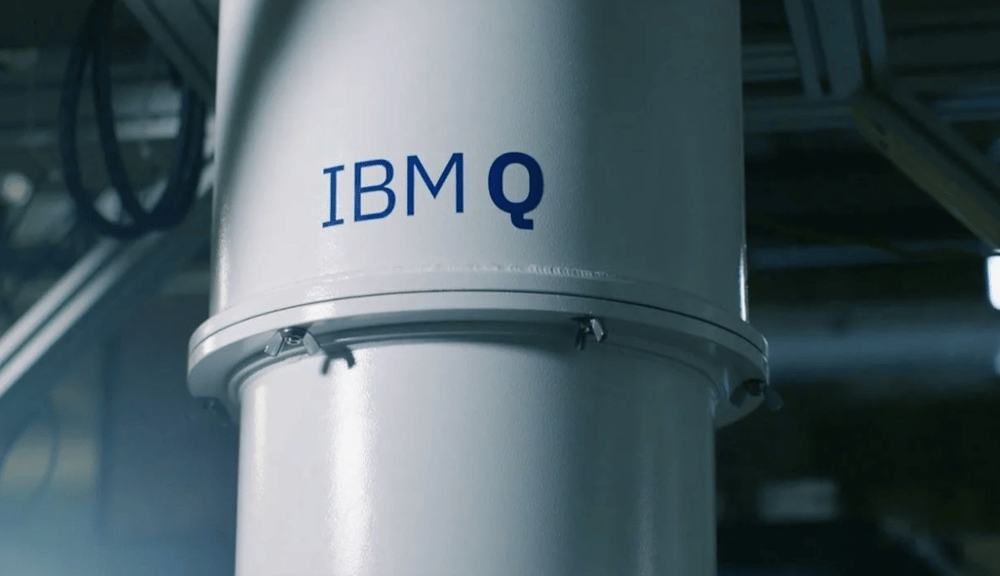IBM Announces Starling: First Error-Free Quantum Computer to Launch by 2029
In a landmark announcement on Tuesday, IBM $IBM introduced Starling, a quantum computer designed to overcome the critical challenge of error correction that has limited the practical deployment of quantum systems. The company claims that Starling will be the world’s first large-scale fault-tolerant quantum computer, operational by 2029.
The system is being developed at IBM's newly announced quantum data center in upstate New York. According to IBM’s statement, Starling will execute 20,000 more operations than today’s most advanced quantum systems, representing a pivotal breakthrough in computational reliability.
This announcement follows a notable market event: on Monday, IBM shares hit an all-time high of USD 273.27, capping a year in which the stock surged more than 60%, far outperforming the broader S&P 500 Index $^SPX, which rose approximately 12%.
Fault Tolerance as a Strategic Advantage in Quantum Race
While quantum computing has long been heralded as the future of complex problem-solving, its real-world impact has remained constrained by quantum decoherence—the tendency of qubits to lose state coherence due to environmental noise, causing calculation errors.
IBM’s Starling is designed to be fully fault-tolerant, meaning it will autonomously detect and correct errors in real time. This places IBM ahead in a field where practical quantum supremacy remains elusive.
The company envisions industrial-scale applications of Starling in:
Pharmaceutical development: simulating molecular interactions to accelerate drug discovery.
Supply chain optimization: solving combinatorial logistics problems at global scale.
Semiconductor design: accelerating the next generation of chip architectures.
Financial risk modeling: providing highly accurate simulation of probabilistic systems for large institutions.

🔹 Key Fast Facts:
🧠 Starling: IBM’s next-gen quantum system targeting fault-tolerant computing by 2029.
🧬 Applications: Drug design, supply chains, chip manufacturing, financial modeling.
📈 IBM stock: Reached all-time high of USD 273.27 after 60% YoY gain.
🧮 Performance goal: Capable of 20,000 more quantum operations than current systems.
🏢 Location: New IBM Quantum Data Center in upstate New York.
Market Reactions and Strategic Implications for Tech and Finance
IBM’s announcement has immediate implications for technology investors, national R&D strategies, and sectors reliant on next-gen computation. The move signals a transitional moment in the quantum race, shifting focus from hardware scale to computational reliability.
The equity market’s response was swift. IBM's market capitalization received a further boost as institutional investors priced in potential future revenue streams from quantum services. Analysts now consider quantum computing-as-a-service (QCaaS) a viable vertical for IBM by the early 2030s.
Meanwhile, peers such as Alphabet $GOOGL, Microsoft $MSFT, and D-Wave are expected to respond with their own advancements. IBM’s edge, however, lies in its integrated hardware-software ecosystem and early enterprise penetration via IBM Quantum Network partnerships.

🔑 Key Strategic Highlights:
IBM cements first-mover status in fault-tolerant quantum computing.
Starling’s performance leap addresses a critical bottleneck: computational error rates.
Tech analysts predict new enterprise revenue channels for IBM post-2029.
IBM's quantum roadmap aligns with advances in AI, cloud, and semiconductor R&D.
The stock's outperformance vs. SPX underscores growing investor confidence.
IBM’s Starling Redefines the Quantum Frontier
With the launch of Starling, IBM is shifting the narrative around quantum from experimental to enterprise-ready. If realized, this platform will not only set a technical benchmark, but also recalibrate global expectations for what quantum computing can deliver within the decade.
The announcement is more than a product reveal—it’s a strategic milestone that positions IBM as a front-runner in the trillion-dollar race for quantum-enabled industrial transformation. As quantum systems evolve from theoretical models into commercially viable platforms, fault tolerance is emerging as the ultimate differentiator—and IBM may now control that narrative.-















Comments
Transformational deals like this often mark turning points in the evolution of digital infrastructure